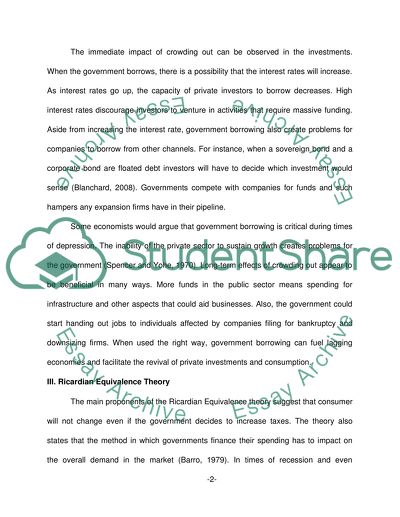Cite this document
(“The monetary and fiscal policy implemented in the United States during Essay”, n.d.)
Retrieved from https://studentshare.org/macro-microeconomics/1430016-the-monetary-and-fiscal-policy-implemented-in-the
Retrieved from https://studentshare.org/macro-microeconomics/1430016-the-monetary-and-fiscal-policy-implemented-in-the
(The Monetary and Fiscal Policy Implemented in the United States During Essay)
https://studentshare.org/macro-microeconomics/1430016-the-monetary-and-fiscal-policy-implemented-in-the.
https://studentshare.org/macro-microeconomics/1430016-the-monetary-and-fiscal-policy-implemented-in-the.
“The Monetary and Fiscal Policy Implemented in the United States During Essay”, n.d. https://studentshare.org/macro-microeconomics/1430016-the-monetary-and-fiscal-policy-implemented-in-the.


